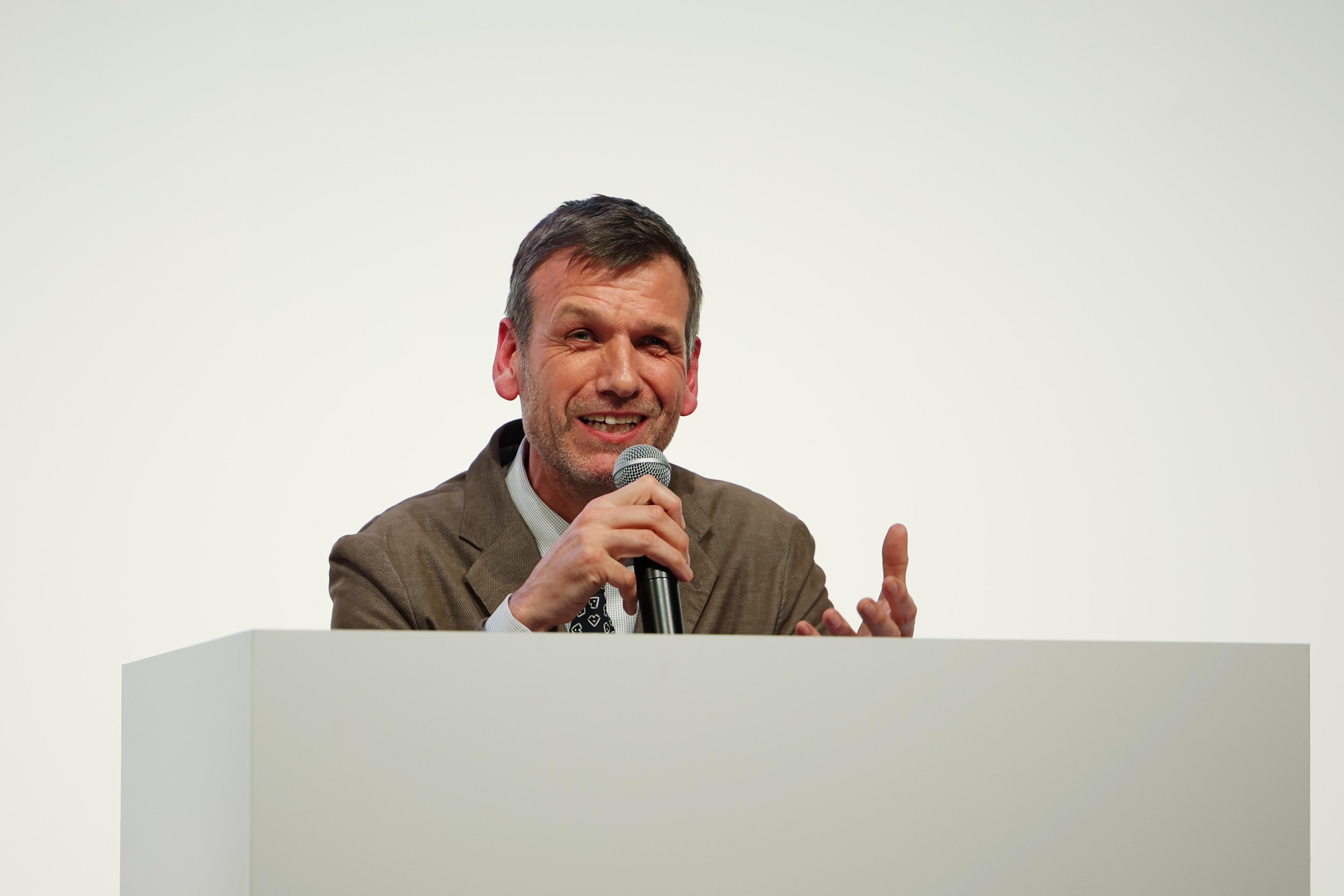
A press conference on February 13 focused on the direction to be taken by Toyota's new management team, allowing each member to outline their vision before reporters.
BEV strategy
Please share more about the Toyota brand’s electrification strategy.
Half of the questions asked at this press conference were related to Toyota’s BEV strategy. With the company commonly seen to be lagging on BEVs, there was much interest in how the new team would speed up the shift. However, incoming President Sato was adamant that “this is by no means a rapid change of direction towards BEVs.”
Similarly, incoming Operating Officer Simon Humphries reiterated the company's commitment to a multi-solution strategy, following his comments at the Prius world premiere in November 2022 that “BEVs are an important solution, but they are not always the best option for everyone.”
Sato
Our multi-path approach has not wavered at all.
Moreover, with my background as an engineer, I consider it my job to offer up new options if something is missing from the menu.
Given the vastly different energy environments around the world, carbon neutrality is not a problem that can be overcome with a one-size-fits-all solution.
Therefore, this is by no means an indication that Toyota has rapidly changed direction towards BEVs. Our communication regarding BEVs may have been somewhat lacking so far, and we will provide more concrete information.
We need to develop more detailed strategies as we move forward, and although Lexus is leading the way in BEVs, this is not a task for Lexus alone.
As explained during last year’s briefing on BEVs, we are working on a phased rollout of BEVs, aiming for 1 million and 3.5 million vehicles at Lexus and Toyota respectively. This approach has not changed at all, and we are making diligent progress.
That said, instead of immediately setting numerical targets, I believe in optimizing business units by first executing on a smaller scale and applying the lessons learned in an agile manner.
I think this will be done with Lexus taking the lead and guiding Toyota, and will include some agile adjusting while keeping our sights on a minimum of around 1 million vehicles.
Miyazaki
First, I think it’s important to clearly define Toyota’s BEV image at Lexus.
At the same time, in order to provide diverse options for customers, we also have to continue making preparations for wider adoption of PHEVs, HEVs, FCEVs under the Toyota brand.
With growing demand for BEVs in North America, Europe, China, and emerging nations in Asia, we want to work across our brands to deliver attractive BEVs as Toyota.
Given our production operations in various regions, we will carefully consider our plans moving forward, including local production depending on variations in electrification demand.
Humphries

What was illustrated at the BEV event a year ago is a little bit different to just numbers. We are approaching this in the way that we believe the future customer is looking for alternatives in the BEV world as well.
I think that’s a critical aspect to consider as we move forward.
Not only one-pattern BEVs but also introducing new products that appeal to people’s lifestyles. Unless we do that, then it’s going to be very difficult to achieve those numbers.
The main thing to think about is how to produce exciting, appealing products in the BEV range.
Why has Toyota lagged behind in BEV strategy?
Sato
Indeed, we have received lots of feedback, including that we have been slow to act on BEVs. In hindsight, we also had many issues with communication.
I think there are two reasons. We are taking a multi-path approach. First, we feel very strongly that it is important to do what we can right now to reduce CO2 emissions.
Globally, I believe the percentage of electric vehicles is currently around 23%, while Toyota’s figure is much higher than the global average, at 26-27%.
While pursuing robust energy-saving efforts to immediately reduce CO2 emissions, in the medium to long term we are also planning a shift to BEVs.
In terms of being slow to act on BEVs, as someone who has been in the development genba until now, I have had numerous conversations with Akio about BEVs.
Perhaps Morizo’s strong association with motorsports has led to the disconnect between public perception and the density of actual conversations in the development genba.
Particularly in my case as the head of Lexus, I’ve continued to have deep discussions about the electrification business with President Toyoda, the brand holder.
The reality is that he was also deeply involved in development as a master driver.
That said, since we are treating the immediate germination phase and the full-scale adoption phase of BEVs as separate stages, I believe we need to speak a bit more openly about our overall strategy.

